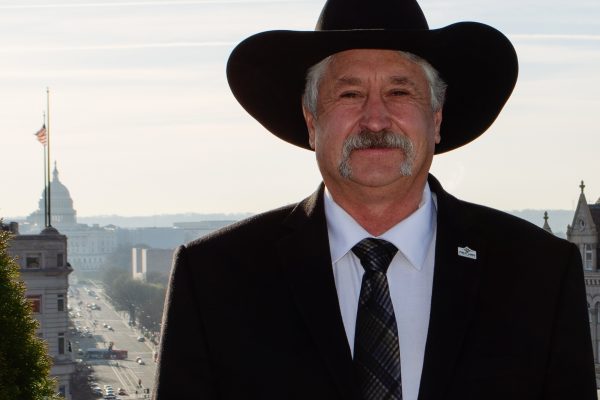As growing metropolitan cities expand to rural areas, farms and ranches that supply food to our growing global population and habitat for thousands of wildlife species that are threatened.
Tim Koopmann, a rancher in Sunol, Calif., sees the impact of urbanization first hand. His operation sits on the outskirts of the Silicon Valley, San Francisco’s booming technology hub.
“We have maintained this for four generations now as a beautiful piece of land with resources that are protected and enhanced.”
Ranches provide healthy habitat for endangered species, ecosystem system services that would be lost to development if land was sold off.
Ecosystem services, which can include watershed improvements, well installations, and invasive grass treatments, are often paid for out of a rancher’s own pocket. These activities benefit the native flora and fauna as well as the outdoor enthusiasts that enjoy these vast landscapes.
“[Developers] would just ruin this land forever. It would not be providing habitat or certainly the scenic beauty and conservation that’s going on here.”
In addition to these benefits, grazing also promotes carbons sequestration, a scientifically-supported solution that reduces greenhouse gas emissions and combats climate change. This benefit is lost when grazing lands are converted to residential use.
To learn more about the value of grazing, click here.




